Uncategorized
-
 Chemistry
ChemistryLet’s learn about batteries
Many things in our lives rely on batteries. Here’s how scientists are working to make new ones — and make existing batteries safer.
-
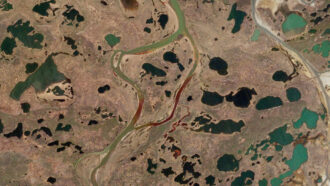 Climate
ClimateSiberian heat wave that caused an oil spill made more likely by climate change
The six-month heat wave in Siberia during the first half of 2020 would not have happened without human-caused climate change, researchers find.
-
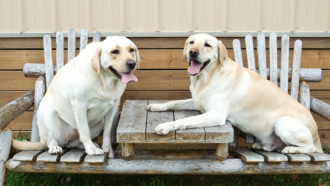 Animals
AnimalsTo figure out your dog’s ‘real’ age, you’ll need a calculator
What’s your dog’s human-equivalent age? Just multiply how old it is times seven, right? Uh, no. And here’s why.
-
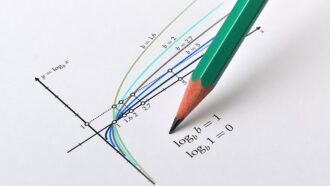
Explainer: What are logarithms and exponents?
Mathematics provides a means of tracking, comparing and expressing data that vary broadly in scale.
-
 Archaeology
ArchaeologyUnderground mega-monument found near Stonehenge
Archaeologists used high-tech tools to uncover ancient underground pits near Stonehenge. The find may offer insights into Britain’s Stone Age culture.
-
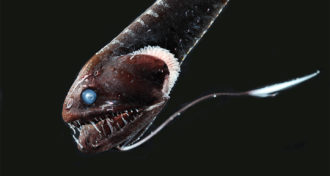 Animals
AnimalsSuperblack fish can disappear in the deep sea’s darkness
Some fish that live in the ocean’s depths are superblack due to a special layer of light-absorbing structures in their skin.
-
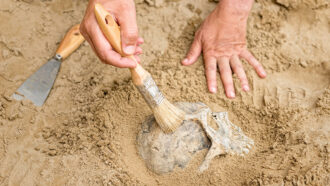 Archaeology
ArchaeologyScientists Say: Archaeology
People leave things where they’ve been — old buildings, trash heaps and human skeletons. Archaeology is the study of those left-behind things.
-
 Humans
HumansWhen it comes to downing hot dogs, science says there’s a limit
Humans may be able to eat only 83 hot dogs in 10 minutes, new research suggests.
-
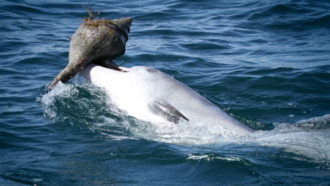 Animals
AnimalsDolphins can learn from their peers how to use shells as tools
Some bottlenose dolphins seem to look to their peers, rather than mom, to learn how to trap prey in shells.
By Jack J. Lee -
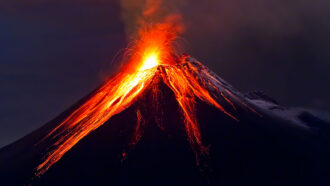
-
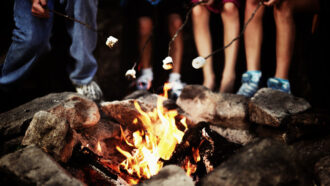 Health & Medicine
Health & MedicineCoronavirus outbreak at camp infected more than 200 kids and staff
Think kids don’t get COVID-19 and spread it? Think again. An outbreak at a Georgia summer camp left 260 people infected. The rate was highest in kids under 10.
-
 Physics
PhysicsFlying snakes wriggle their way through the air
Flying snakes go tens of meters (yards) without wings. They do it by undulating back and forth and up and down, a new study shows.